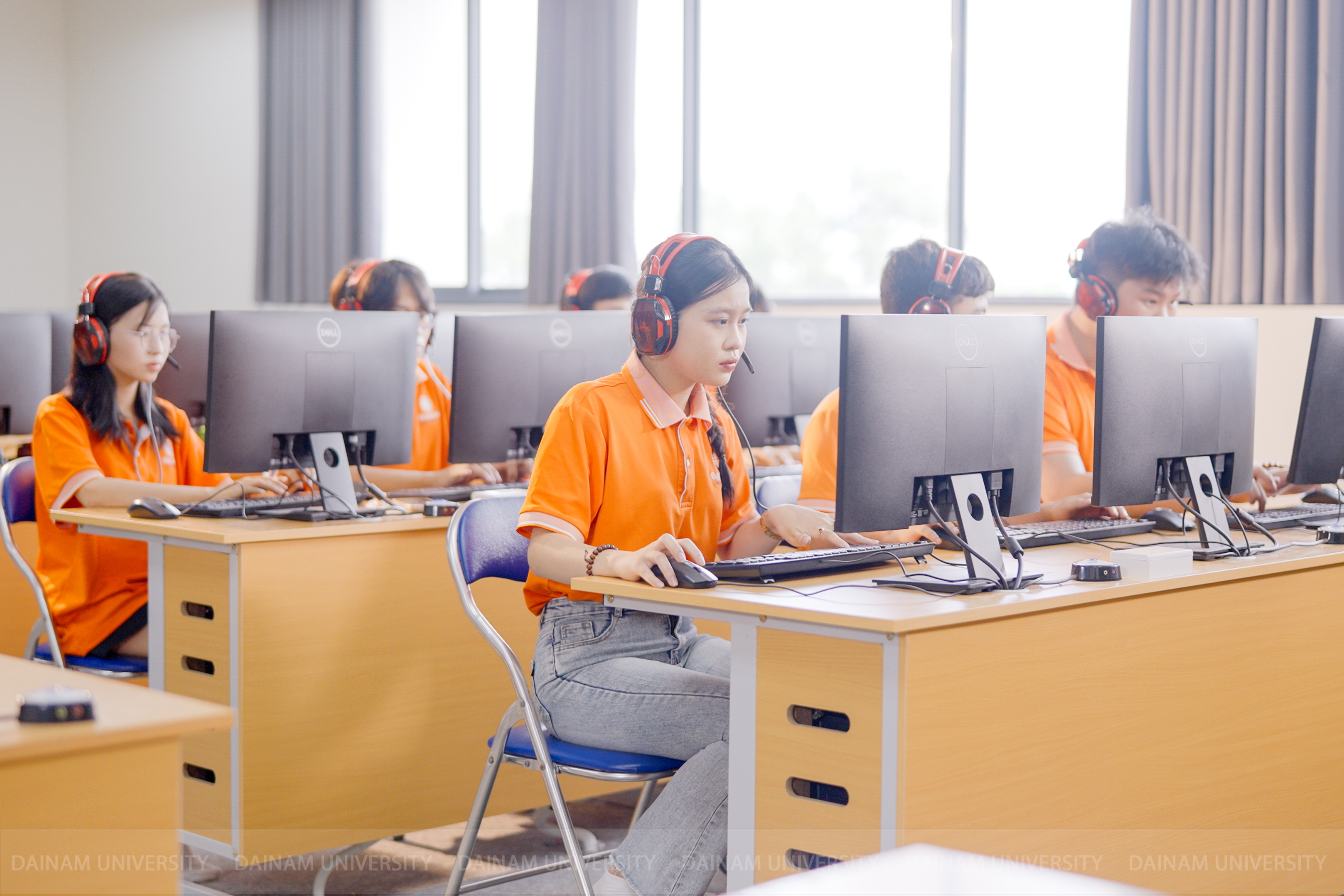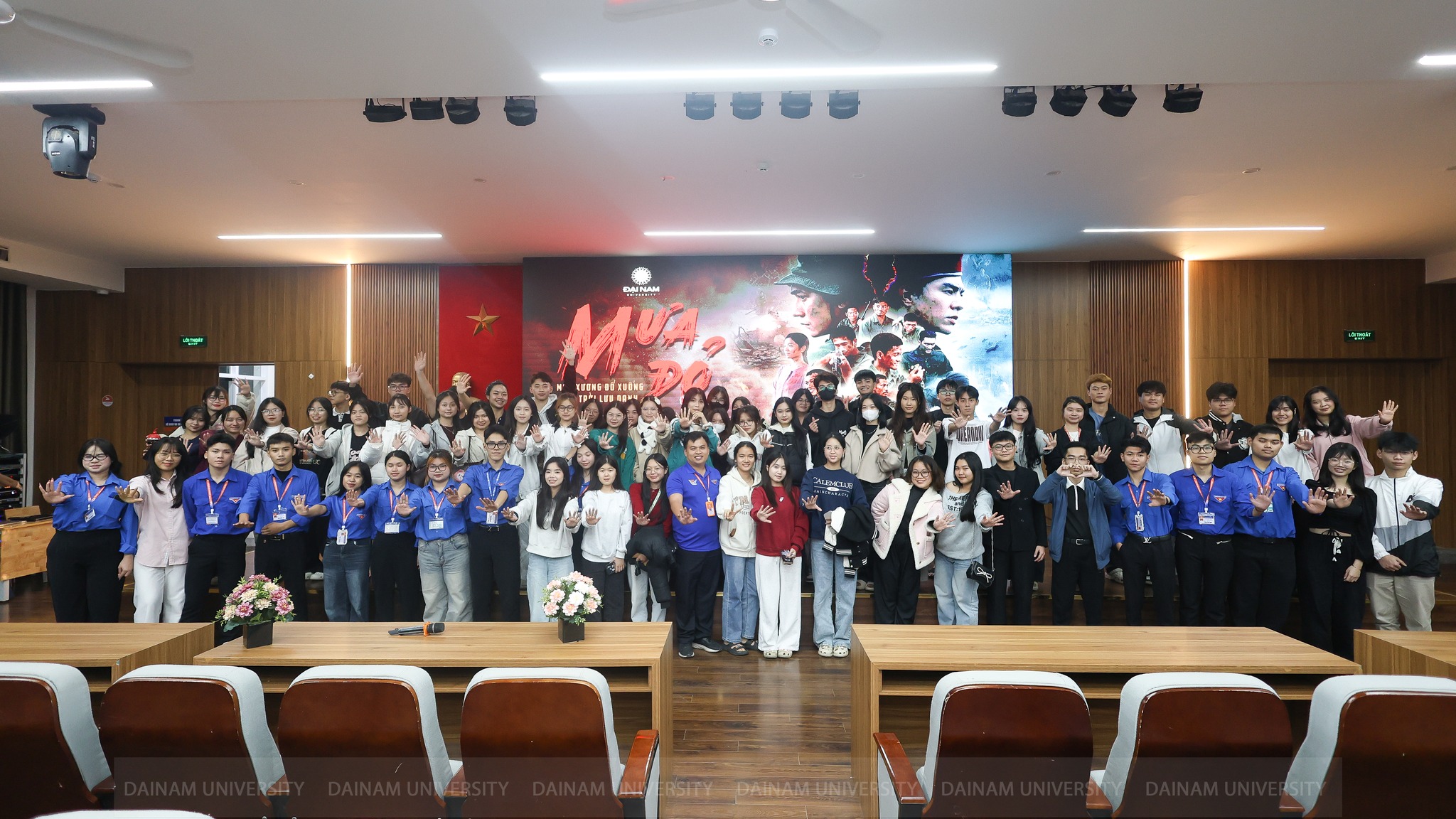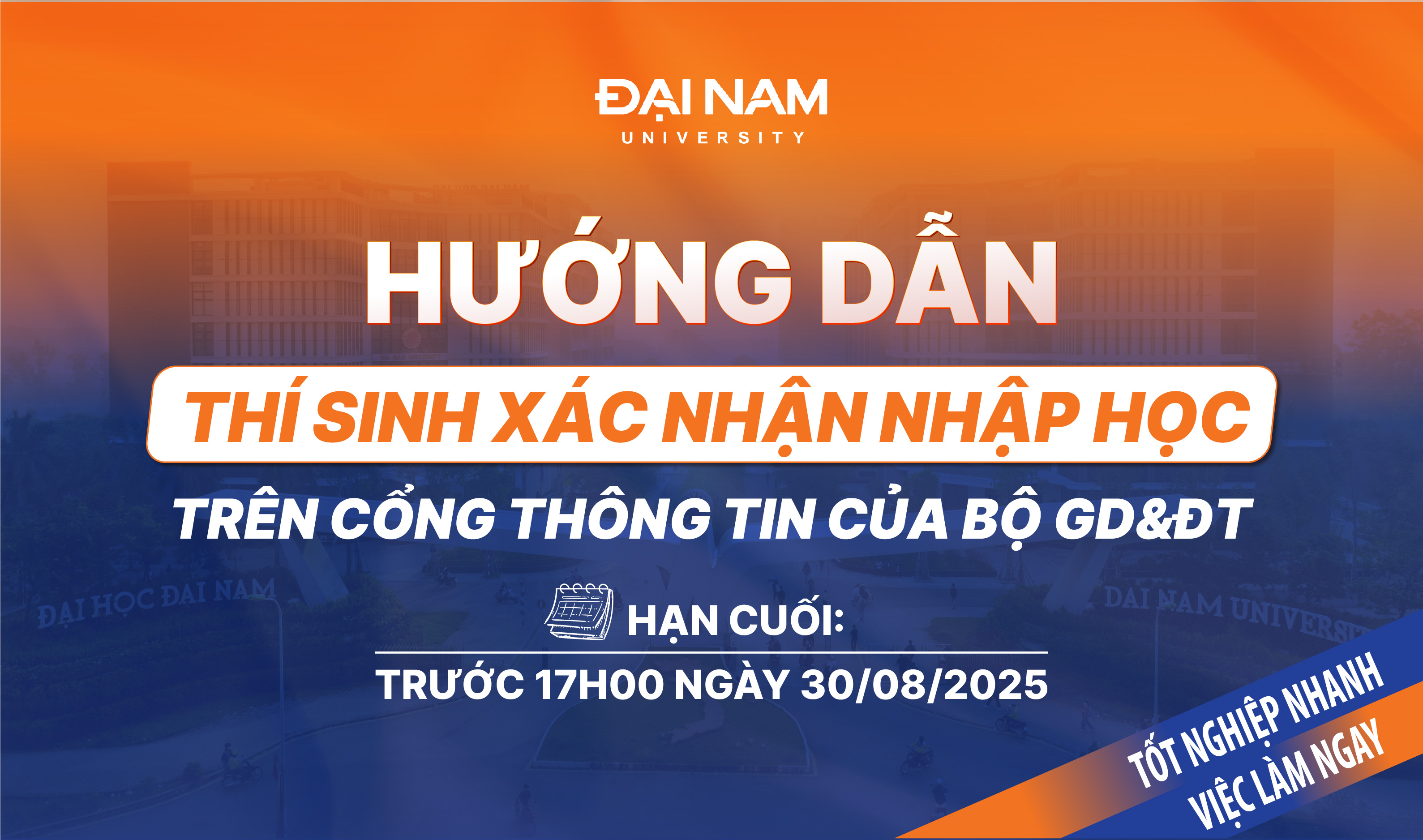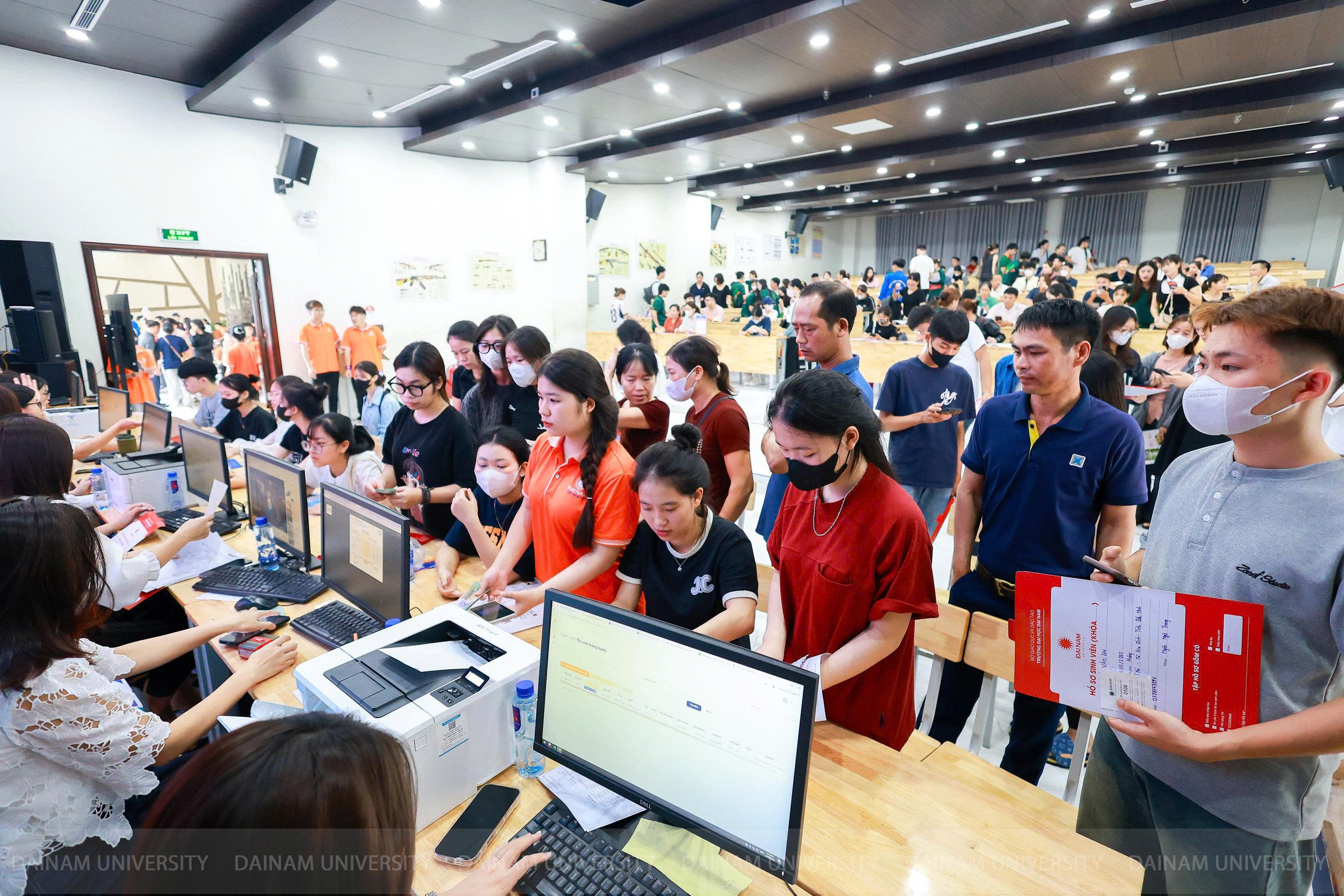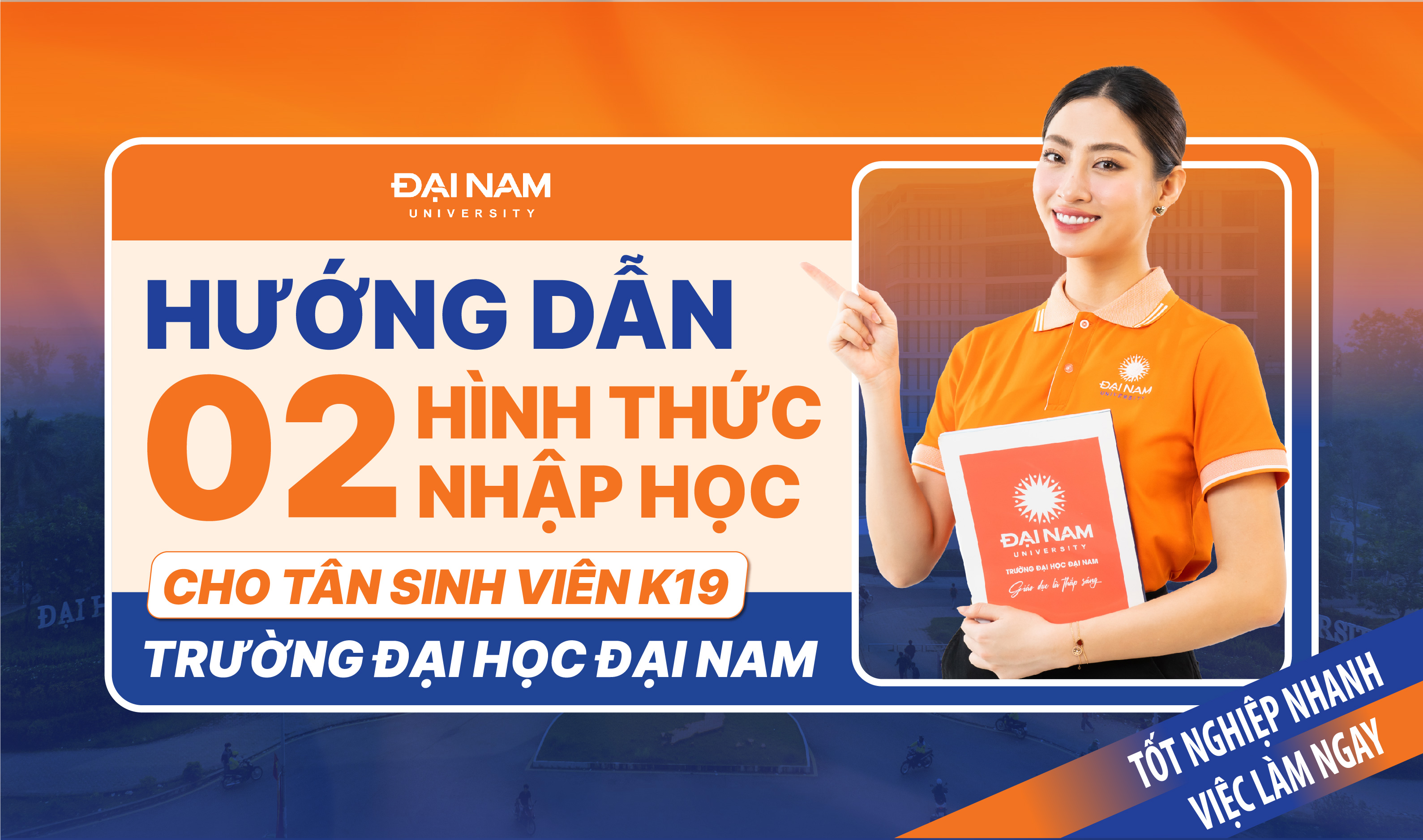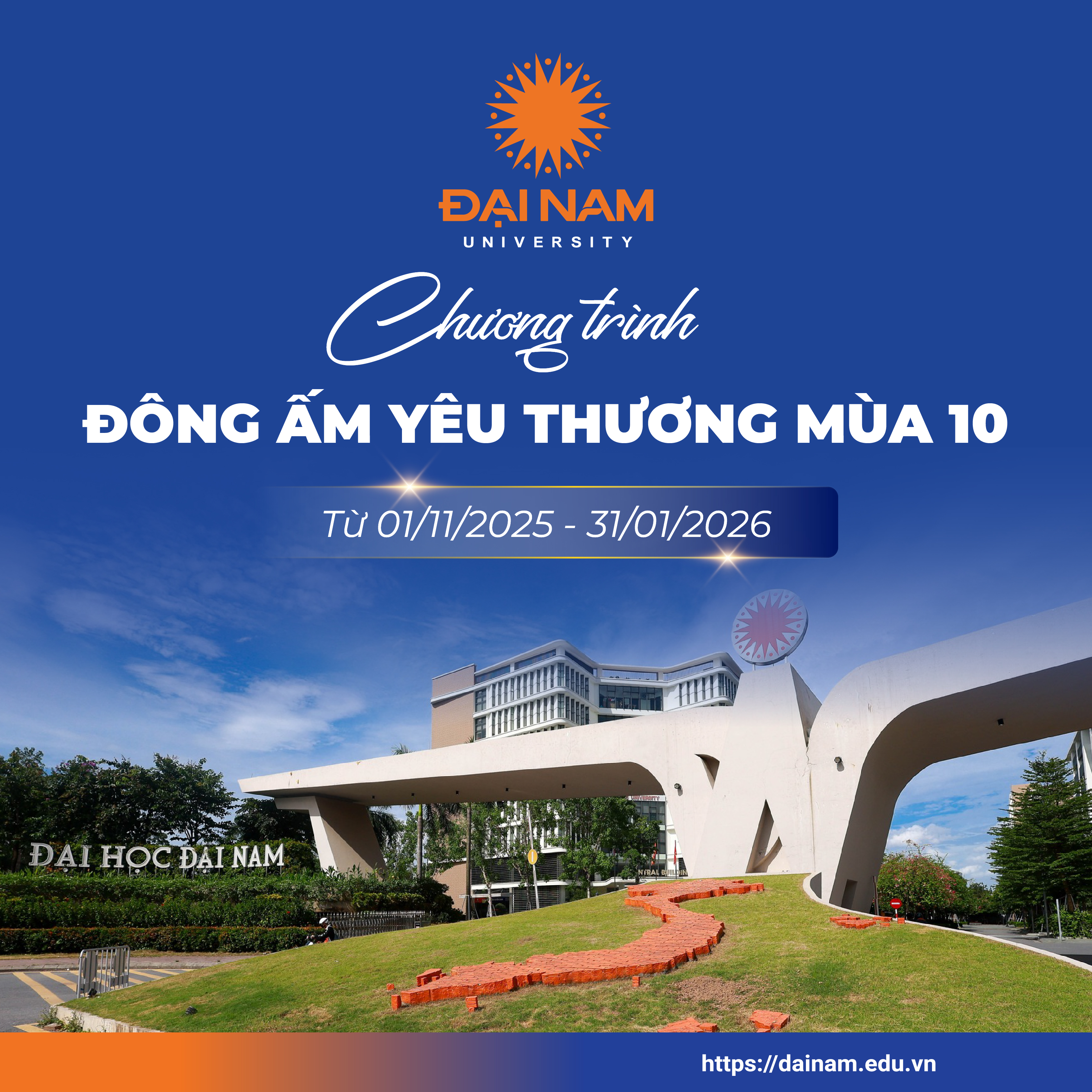Candidates should consider when applying for admission.

TT - 2015 - the first year the "two-in-one" national high school exam was held. What important lessons were learned from this first national high school exam?
 |
| The joy of candidates after completing the history exam at the Gia Dinh High School exam site in the HCM City National University exam cluster - Photo: NHU HUNG |
What are the good aspects that need to be promoted, and what are the weak aspects that need to be overcome in the upcoming national high school exams?
Speaking with Tuoi Tre, Deputy Minister of Education and Training BUI VAN GA shared:
- This is the first year of organizing the national high school exam with two purposes, so we can certainly draw many experiences to organize better in the following years. The exam steering committee of the Ministry of Education and Training will meet with schools, departments of education and training and localities to determine the good aspects that will be promoted and the limitations that need to be overcome.
During the admission process, if you see that the possibility of admission is not high, you can withdraw your application to another school or change the order of your wishes to increase your chances of admission. Candidates should note that after the first round, they have three exam result notices that can be used simultaneously. Therefore, the number of fake candidates in these rounds will be high, and the possibility of being admitted to their favorite major or school will be low. |
| Deputy Minister BUI VAN GA |
* Many teachers and candidates believe that the exam is differentiated by the structure of 60-70% very easy questions and 30% very difficult questions, only distinguishing average, good and excellent students but not distinguishing good students from average students - which is the segment to facilitate university and college admissions. Therefore, many people believe that this year's "two-in-one" exam only "helps" candidates easily graduate from high school but makes it difficult to apply to university and college?
- It is necessary to clearly see that the test has been designed to meet the requirements to ensure two purposes as the sample test announced by the Ministry of Education and Training and has been adjusted as necessary after receiving feedback from a large number of teachers, parents and students.
About 60% of the questions are basic knowledge, but not all of them are easy. The remaining 40% are advanced knowledge, but not all of them are difficult. This means that the test has easy questions, moderate questions, difficult questions, and very difficult questions. Candidates can do them according to their knowledge and ability. Therefore, there is a mix of medium and difficult questions, which helps differentiate between average and good candidates.
On the other hand, the ministry will announce the grading scale and detailed answers to guide exam clusters to grade the test uniformly nationwide, so schools should not worry too much about the exam score segment causing difficulties in university and college admissions.
* According to the plan, from August 1, universities and colleges will start admissions. However, unlike previous years when university admissions were only based on groups A, A1, B, C, D, this year schools have established many new admission combinations, so will the threshold to ensure input quality be built for all types of combinations? What criteria will the threshold to ensure input quality be built on, Deputy Minister?
- After the exam results are available, the council that determines the input quality threshold will meet to advise the minister on the input quality assurance threshold. This is the minimum limit that candidates can study at university or college. This threshold is determined based on the analysis of the test score distribution of each subject for candidates nationwide. The council will meet, discuss and decide on the principles for determining the appropriate input quality assurance threshold.
* This year, candidates will register for admission after the exam results are available. Many candidates are still wondering about this admission method. Can the Deputy Minister explain more about the new admission method and advise candidates on how they can have the highest chance of being admitted in the first round with a major and school that matches the score they have achieved?
- This year, candidates have their exam results before registering for admission to universities and colleges, so they can avoid many risks when they have high exam scores but still fail like in the previous "three common" exams. However, to be able to be admitted to the major and school they love, they must have a firm grasp of the admission regulations, in which the first round of admission is very important. Experience from the previous "three common" exams shows that in the first round, schools can recruit up to 70% of their quota.
According to this year's university and college admission regulations, in the first round, candidates can only apply to 1 school with 4 wishes. For candidates, these wishes are in order of priority from highest to lowest. As for schools, when considering admission, all these wishes have the same value. Once students have been admitted to the first wish, they will not be considered for the following wishes. Therefore, when registering for admission, candidates must carefully consider the order of priority of their wishes in the first round.
Will the regulation of the invigilator's signature on the exam paper be included in the regulations? The mistake of invigilators signing in the wrong place happens every year at the exam sites. That is why the Ministry often reminds the examination councils to note that the invigilators must sign in the right place. In case the invigilator accidentally signs in the wrong place, he/she only needs to inform the head of the exam center to be careful when marking, and the candidates must not be asked to copy their completed papers onto a new sheet of paper to ensure their time to complete the exam. These exam papers that are signed by the invigilators (considered as papers that were marked unintentionally) will be graded collectively by the examination councils, and are not important. The incident that happened at the Da Lat University examination cluster this year is similar to the incident that happened at the Nha Trang Information Officer School examination council in 2011. At that time, a candidate in an examination room whose exam paper was signed by the invigilator by mistake had to retake the exam using a backup exam paper. The invigilator’s act of signing the candidate’s exam paper is very simple, seemingly never going to cause a mistake, but it has caused the incident to happen many times. Perhaps this is also something that needs to be learned from and added to the official exam regulations for the following years. |
According to youth
Register for admission consultation 2025
scholarships and tuition support worth up to 55 billion VND

scholarships and tuition support worth up to 55 billion VND

